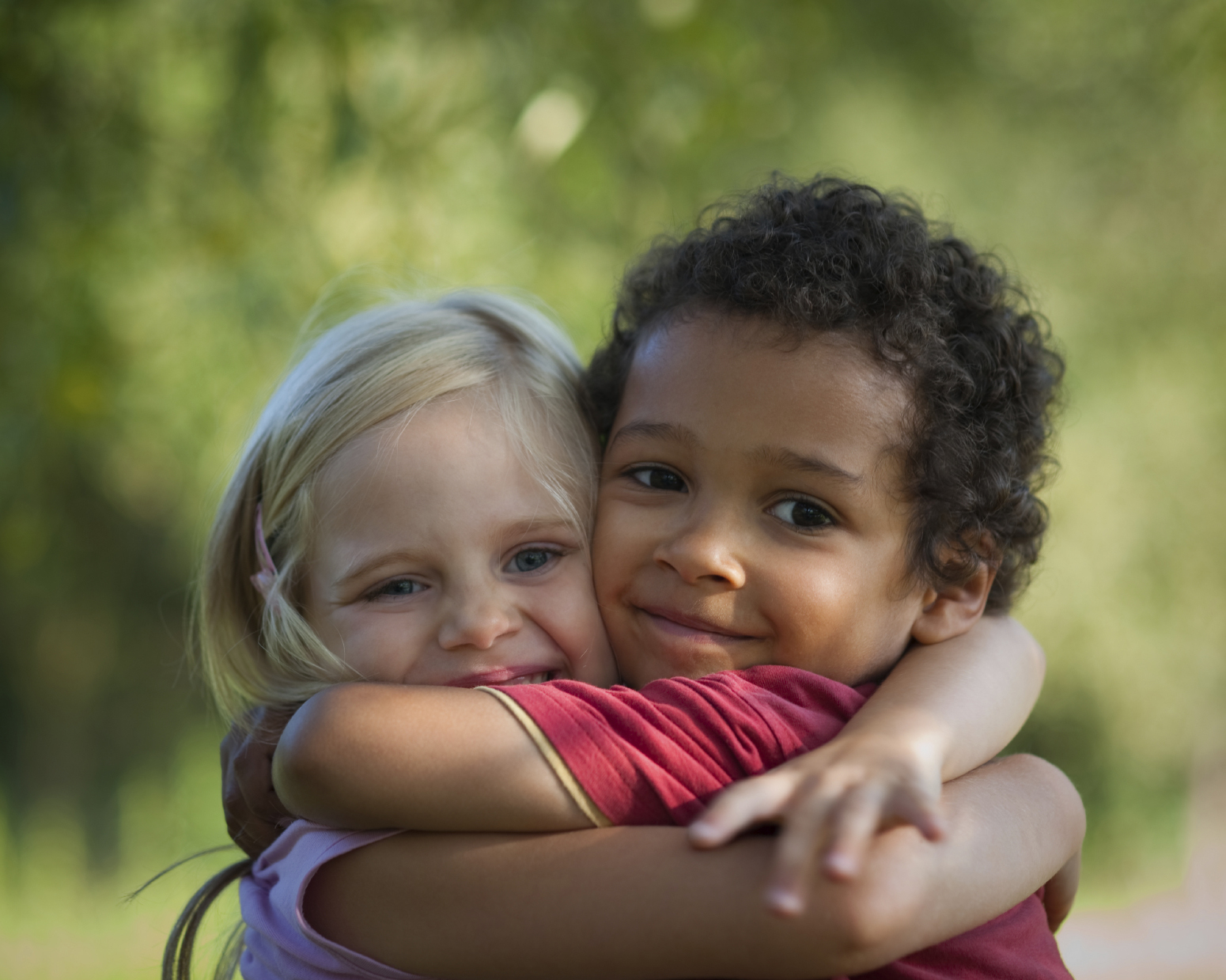I can’t be the only one to have
come across so many of these recent social media posts. The cute ones with
those adorable kids hugging or holding hands. Those kids who happen to be from
different racial backgrounds. The posts where people respond: “The world would
be so beautiful if we could all be like this: colorblind!” or “Yes!!!! Love is
#colorblind.” No one is born filled with hate. Children learn these behaviors
from adults, the media, movies, other sources. Without outside interference, people
say, children don’t see any differences and, therefore, they don’t act with any
prejudiced or racist behaviors.
It’s true: racism is a learned
trait. And the posts are meant to be positive, but let me just say it: Kids are
not colorblind. From the youngest ages, they are taught how to sort and
categorize. We teach them about patterns and “same” versus “different.” Along
with the letters of the alphabet, they learn numbers … and colors. By
kindergarten, they are usually proficient. They use this knowledge to describe
the world around them.
In fact, not only do children see differences,
but they also tend to point them out. Very loudly, very vocally, and typically,
very much right in front of the person in question. They notice anything and everything.
On the playground, at the park, in the store. They have questions. They point
these things out, not to be rude, but to learn and to understand. And often
they are shushed and glared at by furiously blushing and apologetic parents.
Children definitely notice skin
color. But, the difference is … while adults struggle to show how open and
“color-blind” they are, kids just don’t care. About any of it. Skin color is
like hair color or eye color. It’s a way to describe how something looks.
Because we are, indeed, all different colors. What matters to a child is not
skin, it is this: When they ask, “Do you wanna play?” or “You wanna be friends?”
is the answer “Yes” or “No”? They care about whether or not another child is the
type of person who will take their ball or share some blocks; they care about whether
they’ll be teased or if they’ll be included. Their concerns lie within the
integrity and friendliness of the person involved. Stuff that lives on the
inside. Stuff that counts. The types of things people should use to
navigate friendships and perhaps form judgements. To kids, skin is just
something that holds a person’s insides all together. It takes outside forces
to teach them anything different.
 I don’t want to be colorblind. I
want to see all the beautiful shades around me, be a witness to the history and
the heritage of humanity, no matter how pale or dark someone is. Making myself
colorblind wouldn’t make me more accepting of other people; it would be telling
my eyes to ignore what they see. I want to accept people for what they are on
the inside. We are obviously all different from each other, and that’s a
good thing—and silly to pretend otherwise. Seeing a picture of two kids hugging
each other isn’t about race. It’s about being able to see people as they
are and loving each other because of it. The full package. Love is not
colorblind. Love sees everything and just doesn’t care.
I don’t want to be colorblind. I
want to see all the beautiful shades around me, be a witness to the history and
the heritage of humanity, no matter how pale or dark someone is. Making myself
colorblind wouldn’t make me more accepting of other people; it would be telling
my eyes to ignore what they see. I want to accept people for what they are on
the inside. We are obviously all different from each other, and that’s a
good thing—and silly to pretend otherwise. Seeing a picture of two kids hugging
each other isn’t about race. It’s about being able to see people as they
are and loving each other because of it. The full package. Love is not
colorblind. Love sees everything and just doesn’t care. 
No comments:
Post a Comment